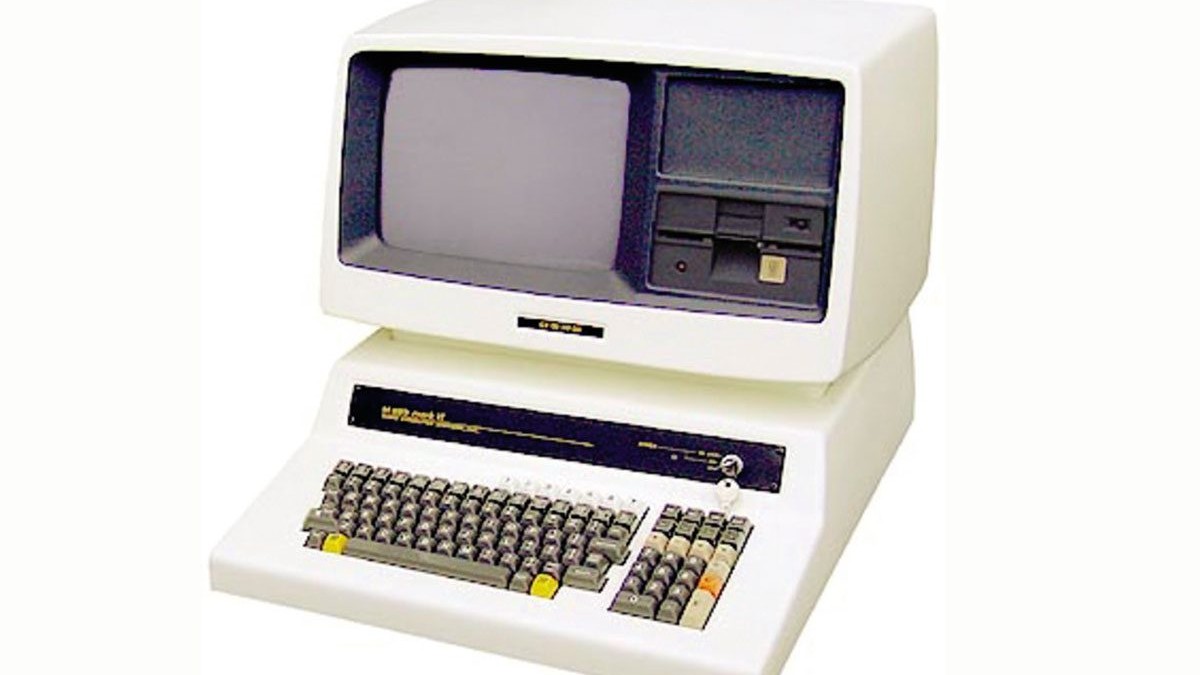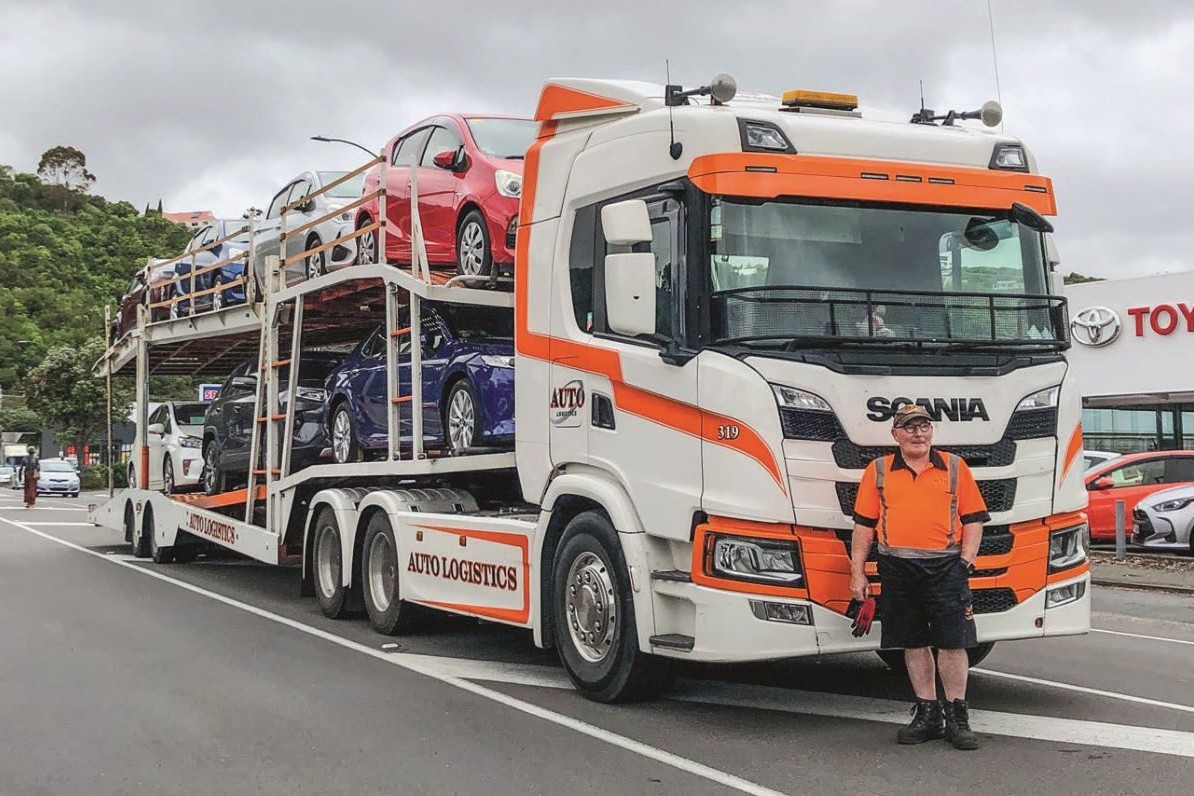
The first in a three-part series exploring the history of computing in road transport, logistics and warehousing.
The problem with getting older is that you have experienced more history. Hence, when asked to write an article about the history of IT in the freight industry, the topic becomes longer and longer the more you think about it. As I have been involved with developing and implementing systems for the industry for more than 40 years, this article could get quite long, but I’ll try not to be boring.
My history with the transport industry started in 1980 with the release of the first microcomputers for commercial applications. This was a few years before the release of the first IBM PC machines. It was a time when rail was a protected industry, and carriers could only move goods 80km from a railhead, later extended to 150km. Many domestic freight forwarders had depots at the extremes of this limit, odd places like Ohinewai and Tahuna, and friends further down the line. A network of depots approximately 80km apart developed, much like the proliferation of rural support towns that had sprung up earlier. Using connections and guile, these companies would often challenge the restrictive rules, and one of the methods they used to do this was good documentation.
I recall one Auckland customer who would process the consignment notes for a load in Auckland, printing off a manifest and the con notes for the driver’s documentation. The consignments were printed to go from the collection point to its Hamilton warehouse. Load details were also recorded on a floppy disc that went in the driver’s cab to Hamilton, where the floppy disc would be processed, and a manifest and consignment notes from the Hamilton warehouse to delivery points printed off.


Cunning people … freight operators. Despite the authority’s use of helicopters to track a number of journeys from Auckland to south of Hamilton, they could never gain evidence of any wrongdoing.
The freight forwarders also gained good business information about their operation, and it wasn’t long before other linehaul carriers saw the benefit of having an industry-specific system. And so these systems began to spread.
The domestic freight- forwarding segment dwindled with the removal of the 150km restrictions by the 1984 Labour government, although some managed to carry on for some time. As companies that owned trucks became involved with systems, the requirements for business information extended into fleet profitability and management, accounting and so on.
Larger systems that would support multiple users became the norm. This was a time when regional carriers dominated; companies such as United Carriers in Northland, Heaton Carriers in Tauranga, Thames Freightlines in Thames, Nationwide Carriers in Taupo, Baigents, TNL and Wilders in the South Island – the list can go on and on. All would be swallowed up by bigger fish, a pity but an inevitable part of the commercial world.
Innovative thinking wasn’t the sole domain of linehaul carriers, though. In the 1980s, the unions ruled the ports, and as part of their agreements, only wharf workers could devan containers.
I got involved with a couple of brothers in Auckland who extended their business to include a devanning operation in South Auckland that hired staff who were still members of the Waterfront Workers Union for devanning work. We developed specific versions of the transport software with the ability to track the FCL and LCL states of freight as a foundation of this new business, and so history happened.
With the breaking of the Port of Auckland Wharf, workers’ monopoly of the container cartage segment and the ports was set up to boom. Systems specific to this type of cartage were needed and spread rapidly.
The growth and consolidation of the transport industry was one of the elements that drove the search to realise a more cost- efficient business, and one of the prime areas focused on was the transaction processing costs.
The five-part NCR paper used for consignment notes was expensive, so the industry evolved more economical docket books and other forms of documentation. They also set about reducing the number of staff needed to enter consignment details into the computer, which lead to the growth in the use of EDI (electronic data interchange) throughout the industry.
Today, this is well established, with transport companies receiving customer data and sending it to sub-contractors, banks and so on. This drive for connectivity extended to include web portals for clients, enabling them to do some of your work for you and to stop annoying your customer services people.
A much greater volume of business is being carried out by fewer carriers at a reduced transaction cost. Life should be comfortable, but I guess the other side of the equation is the constant attack on margins.

The next significant change in transport industry IT was the system’s extension to mobile devices. This has been predominately to drivers but also to warehouse staff, store people and forklift operators.
Your staff are being supplied with tools that aid the company’s efficiency no matter where they are. The next step in this extension of systems is to give management the information they need to remotely run the company, be they on the golf course, out fishing or just enjoying a long lunch with their IT representative.
Where does the IT industry go in its search to provide the transport industry with greater efficiency and a lower cost structure? The consignment processing cost has been severely reduced, so the next step is to reduce the cost and gain efficiencies in operations.
There have been some attempts to do this with so-called ‘optimisation’ systems. These have reasonable results in some industry segments and are a foundation to be built on to give more comprehensive solutions. These solutions will consider aspects such as truck capacities and characteristics, customer requirements, contract demands, driver status and agreements, collection and delivery point demands and so on.
There is a lot to be considered but successful results should be spectacular.
A notable omission from this article is the IT that has been made available for engine management, RUC management and so on. This is obviously significant but not the area I have been involved with, so I will leave this to others. The future of the involvement of IT with the transport industry is also something I will pass to someone else. After more than 40 years, it is time I dedicated greater time to fishing.
In part 2 next issue, how mobile computing improved efficiency.





